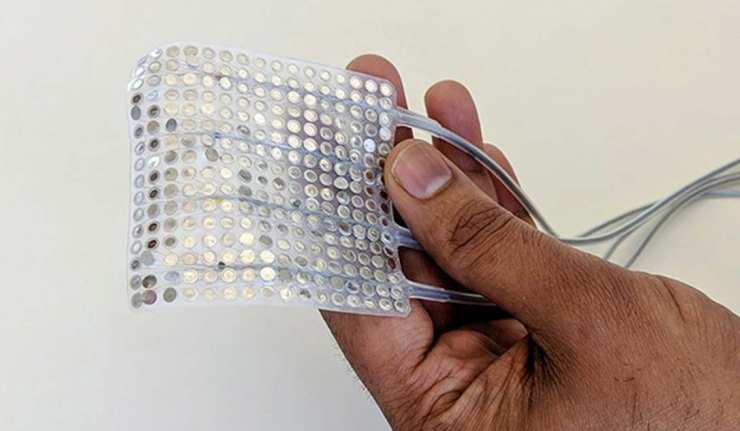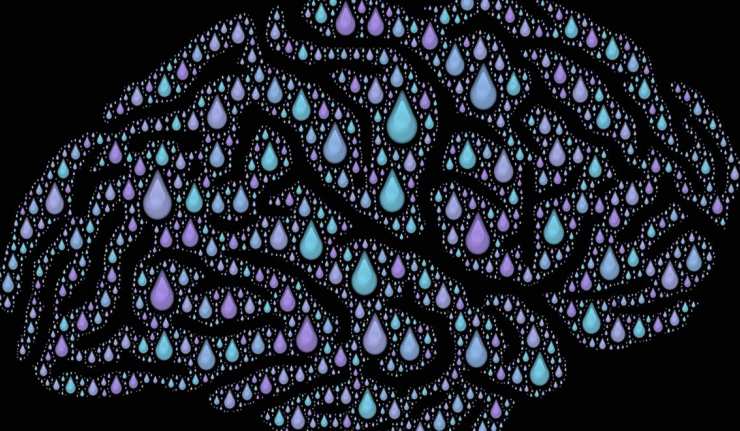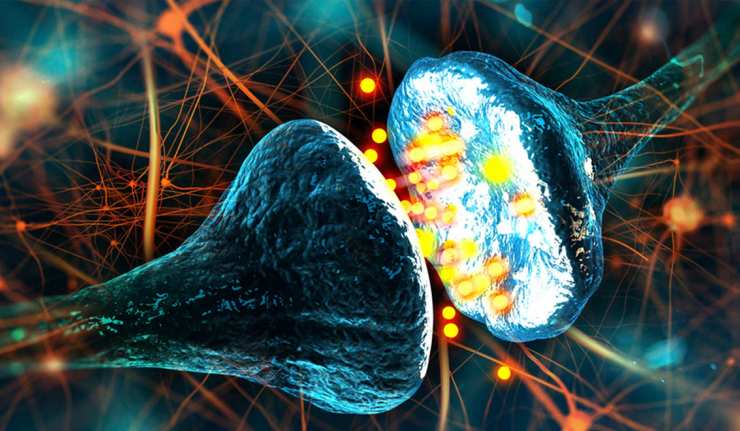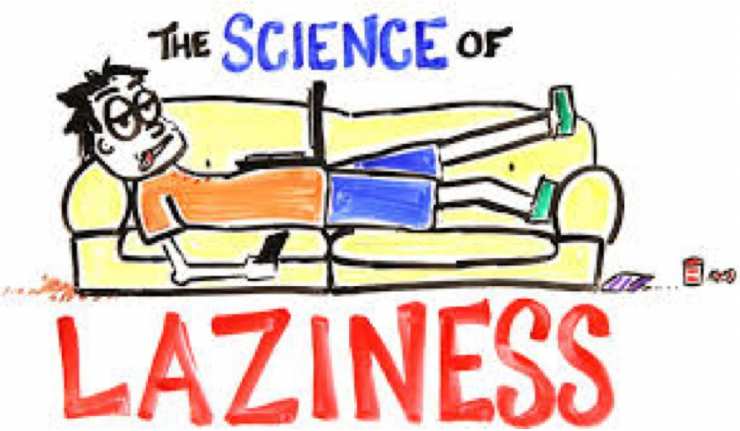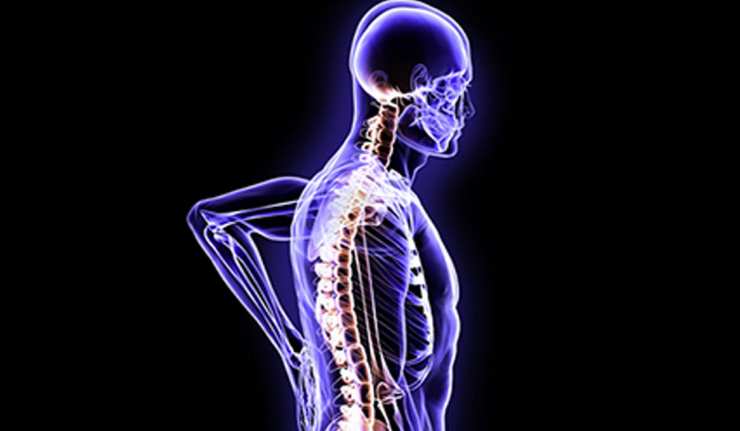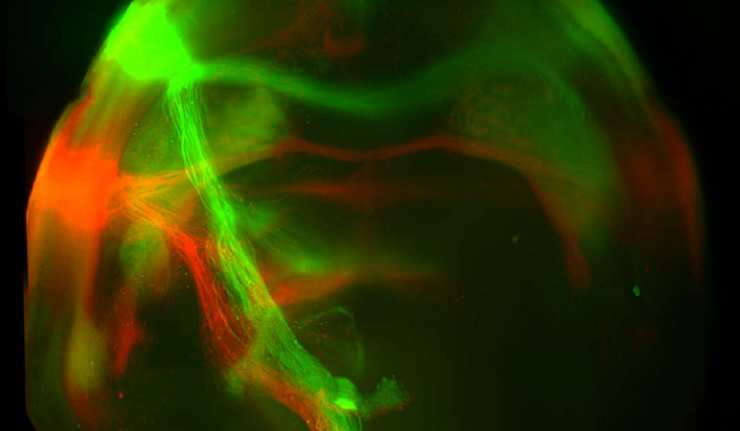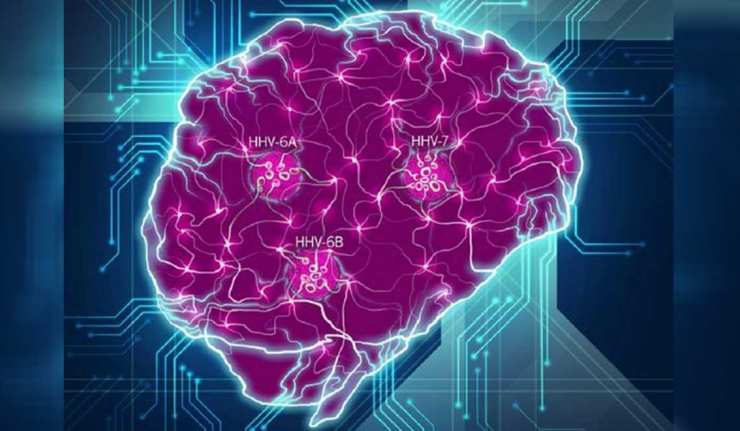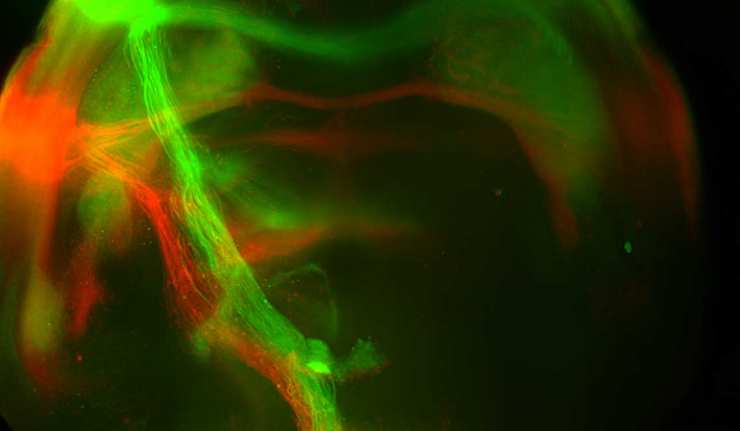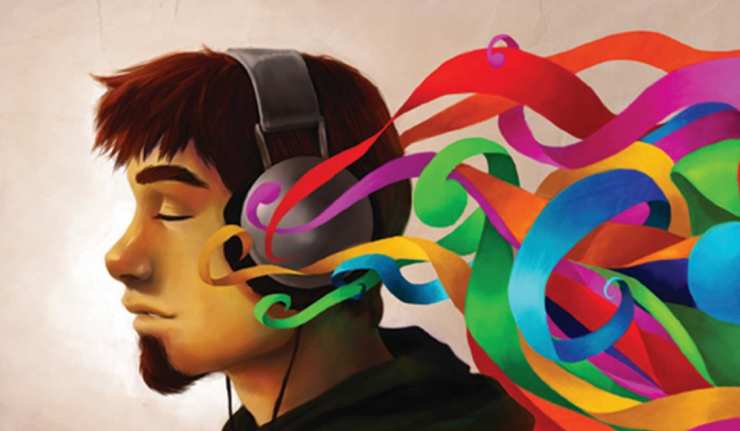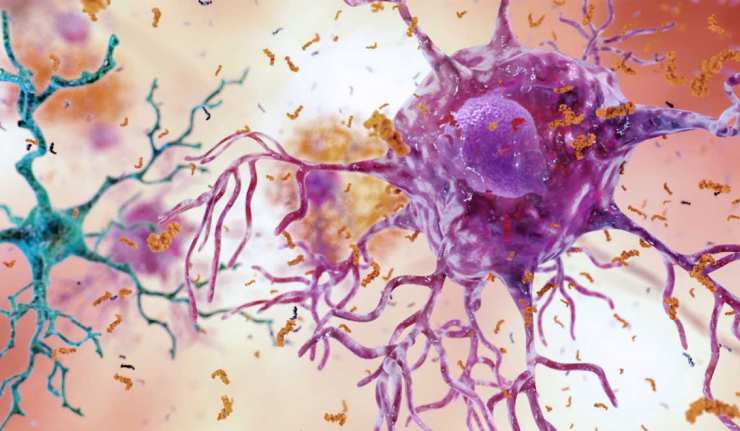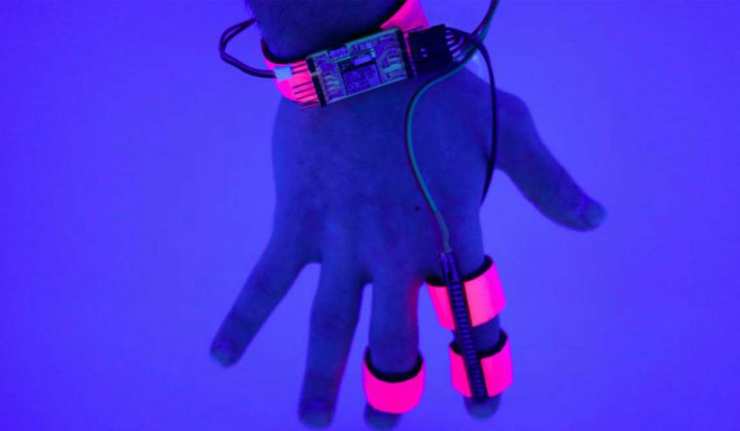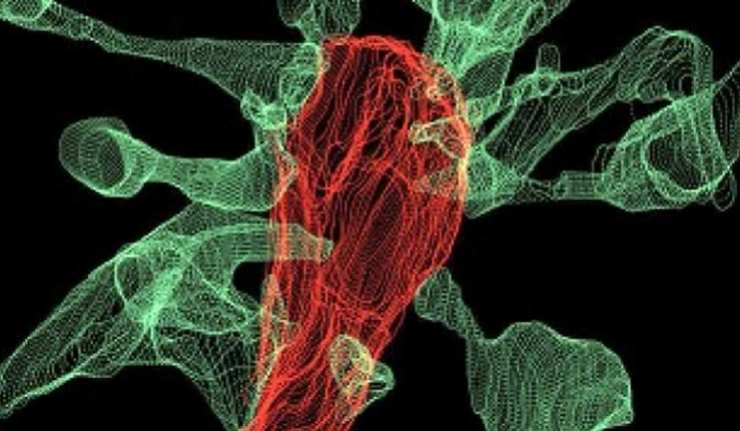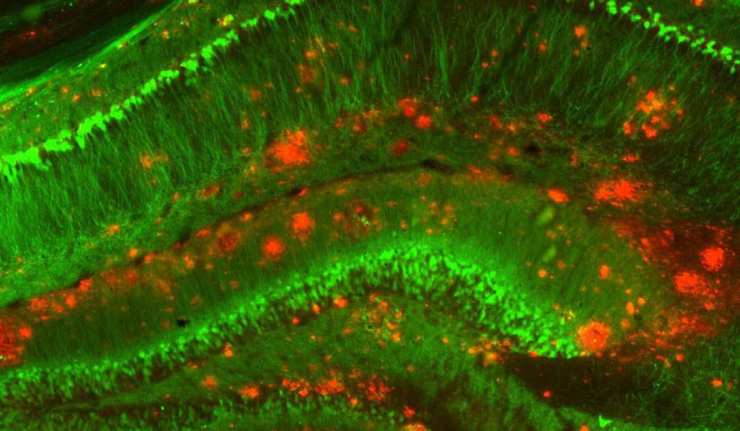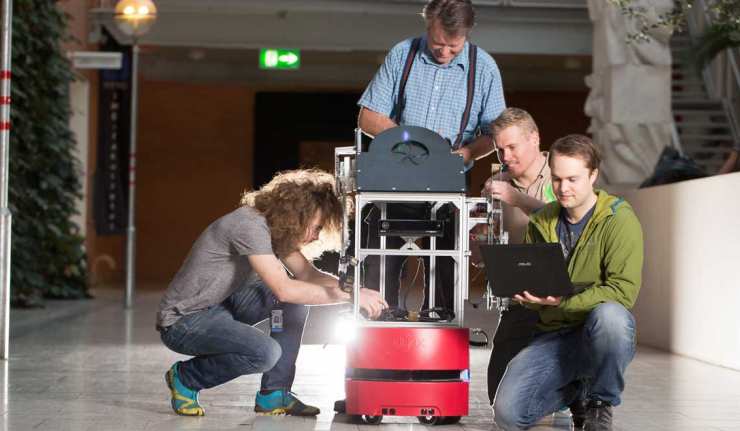Brain
A New Brain Implant Can Translate Thoughts Into Speech
A new study demonstrates that electrical activity in the brain can be decoded and used to synthesize speech. This research may, one day, give a voice to the people who have lost speech by way of neurological disorders.
New Treatment Could Address Memory-Related Side Effects Of Neurological Disorders
Conditions such as depression can have a severe effect on an individual’s life and life quality in the long term. If this was not bad enough, they are also associated with cognitive defects in later life. Memory loss and impairments are some of the best-studied kinds of these lingering after-effects of mental health issues.
New Insight Into Our Brain’s Networks And The Human Consciousness
A new study, published in Science Advances, has uncovered networks in the brain that are at work when we are conscious.
Scientists have been preoccupied with understanding consciousness for centuries. Modern brain imaging techniques are starting to lift this uncertainty, and providing unprecedented insight into the human consciousness.
New Study Shows Error Recognition In Humans Traced To Single Neurons
It is clear that mistakes are somehow registered and processed in the brain. This is because errors result in behavior-based reactions such as moving to correct them and slowing down slightly while working so as not to risk making them again. As the links between such observations or perceptions are made in the brain, it follows that this organ controls the recognition and responses to errors in the people who make them.
New Link Found Between Depression and Brain Activity: Future Of Diagnosis & Treatment
Depression is an often-chronic mental health condition long acknowledged and recognized by official psychiatric categorical systems such as the Diagnostic and Statistical Manual-5 (DSM-5). However, the research into its risks, development, and treatment remains hampered by the lack of diagnostic markers for the condition.
Does High Blood Pressure Start In The Brain? New Link Between Nervous System And Hypertension Found
Hypertension, or increased blood pressure, is a potent driver of cardiovascular conditions such as atherosclerosis and heart disease. It can also be a serious condition in itself that may have the ability to affect mortality and life quality. High blood pressure is thought to be increased by a range of factors including immunological processes and dysfunction.
Scientists Identify Role Of The Brain In Laziness
Physical activity has tons of well-documented benefits, ranging from increased heart and immune system health to improved brain function and healthier aging. In fact, maybe metabolic adaptation to activity is one of the reasons that exercise keeps us healthy, diverting energy away from things such as inflammation, which have negative consequences if they go on too long.
Implant Helps Paralyzed Spinal Cord Injury Patients Move Again
The National Spinal Cord Injury Association has estimated that about 450,000 people in the United States are living with spinal cord injury (SCI).
Can We Use Neuroscience to Stop Food Cravings? Research Describes an ‘Off-Switch’ for Sweet Tooth in Mice
There are some of us who wish to get rid of urges for potentially unhealthy indulgences such as eating a lot of sweet-things at one time. But, unfortunately, the brain does not work that way! In fact, some experts assert that overeating is a neurological disorder. In addition, the enjoyment derived from eating pleasant-tasting foods is also almost inextricably tangled up with emotional and psychological responses of various kinds.
Human Herpes Viruses Play A Role In Alzheimer’s Disease?
Alzheimer’s disease (AD) is a prevalent form of neurodegeneration that affects cognition and recall, in advanced ages. The condition is associated with estimates of billions of dollars’ worth of healthcare burden in the US alone. On the other hand, AD may share these costs with similar forms of dementia like progressive supranuclear palsy (PSP).
Using Neuroscience To Stop Cravings: Study Describes An ‘Off-Switch’ For A Sweet Tooth
Don't you wish, sometimes, that you could get rid of the urge to binge-eat and indulge in sweet treats? Even if you agree, unfortunately, the brain does not work in that manner.
In fact, the scientific community has asserted that overeating can be considered a neurological disorder. In addition, the enjoyment derived from eating pleasant-tasting foods is almost always entangled in a web of emotional and psychological responses of various kinds.
Synesthesia: The Smell Of Musical Notes
Synesthesia is a rare, neurological phenomenon, where stimulation of one sense leads to a secondary perception of another. With this ability, one can see what color music possesses or what smell has a certain color. People with this characteristic have atypical, structural, neural connectivity.
Researchers have taken many steps to find the exact region of the brain that provokes this condition and they have even examined internal functionalities.
The Science Behind Yanny versus Laurel
Currently making waves on social media is Yanny versus Laurel. If you aren’t familiar with this latest sensation, it’s basically this: an audio clip that sounds like Yanny to some and Laurel to others!
Does Alzheimer’s Really Start In The Hippocampus Of The Brain?
Alzheimer's disease (AD) and similar pathologies have been believed to originate in the hippocampus of the brain. This was a possible explanation for the significant memory and cognitive deficits, some of the major hallmarks of progressive dementia-like disorders. However, it is also true that these symptoms are also accompanied by emotional and behavioral abnormalities in many patients.
The ‘Dormio’ Device That Can Help Sleepers Control Their Dreams
“All our dreams can come true if we have the courage to pursue them.” - Walt Disney
Humans sleep for almost one-third of their lives but until today, have not been able to comprehend or even remember most of their dreams after they have awoken.
Neuroscientist and Nobel prizewinner, Eric Kandel, stated that human creativity is a result of the conscious accessibility to forces in an unconscious state. Now, if only there was a way to retrieve those dreams and make something of it, right?
Microglia, the Gardeners of the Brain: New Imaging Techniques Confirms Neurodevelopmental Theory
Microglia are cells thought to make up about 10% of the brain. Despite their lack of neuronal function, they are seen as quite important to normal neurological health and function.
Alzheimer’s Could Be Caused By Protein Originating Outside The Brain
As of 2017, more than 5 million Americans are living with Alzheimer’s, and the numbers are predicted to rise to 16 million in the next 30 years or so.
As this disease is a neurodegenerative form of dementia, including memory loss and behavioral changes, scientists around the world are trying to study components of the brain and different parts of the body in order to better understand its origin.
Want to Remember Something?... Read it Aloud, Says Latest Study
Many people, particularly students, may benefit from improved techniques that help you learn notes or pieces of text off by heart. This enhances explicit memory, recognition memory or both, in terms of what you may be called on to repeat or identify later.
There are various techniques and pathways to forming these memories, which include repetition or silent reading. However, research on the efficacy of these methods yields mixed and even conflicting conclusions. In addition, some ‘memorising’ techniques may work better on some types of information compared to others.
‘I, Cyborg’ To Be Controlled By Living Brain Cells
In 1960, scientists Manfred Clynes and Nathan Kline described the idea of an enhanced human being that can survive in alternate or extraterrestrial environments as: “For the exogenously extended organizational complex functioning as an integrated homeostatic system unconsciously, we propose the term ‘Cyborg’”. In layman terms, also called android, a cyborg or a cybernetic organism, would be referred to as, any entity with both artificial and biological parts and as defined by the Oxford Dictionary, a “man-machine”.
Writing Music with the Mind: New BCI Modality Offers the Power to Make Music as well as Play It
Brain-computer interfaces (BCIs) that allow people with severe neuromotor or motor disorders to communicate are becoming more and more common. This is realised by scanning brainwaves using electroencephalography (EEG) and converting them accurately into words, letters or other objects that the user intends to replicate in their minds. BCIs are beneficial for those with extensive paralysis, ‘locked-in’ syndrome and other similar conditions.

